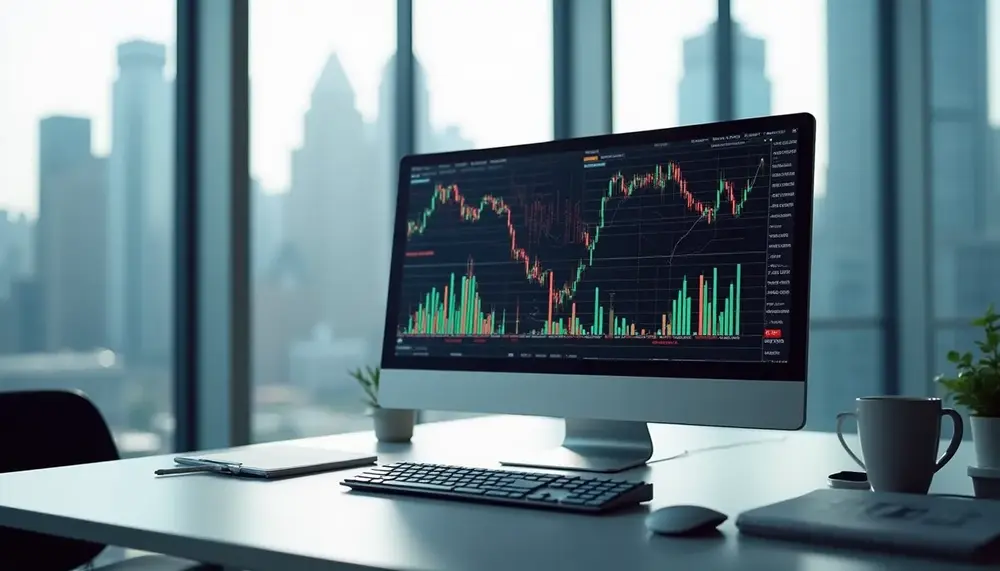Implied Volatility
Implied Volatility
Understanding the world of trading is much easier when you know the terms involved. Today, let's demystify the term Implied Volatility. As a crucial concept in the realm of trading, it's important for every trader, whether beginner or veteran, to have a clear understanding of it.
What is Implied Volatility?
Although it might sound a bit daunting, Implied Volatility is a concept that you can readily understand. Essentially, it represents the level of a market's future volatility as reflected in the price of its options. The higher the Implied Volatility, the greater the expected price movement of a security.
Why is Implied Volatility Important in Trading?
Understanding Implied Volatility is key since it directly impacts an option's price. When Implied Volatility is high, the option prices rise, and when it is low, option prices fall. By understanding this, traders can make informed predictions and strategize accordingly.
How to Calculate Implied Volatility?
Determining the Implied Volatility is technically complex and typically done through numerical methods. Commonly, traders use the Black-Scholes option pricing model. But remember, you don't necessarily need to compute it as many trading platforms provide this information.
Implied Volatility and Market Sentiment
Implied Volatility is often used as a gauge of market sentiment. Higher Implied Volatility represents higher uncertainty and fear among investors, while lower Implied Volatility indicates a calmer and stable market scenario.
Conclusion
To summarize, understanding and monitoring the Implied Volatility is a vital aspect of trading, particularly in the options market. Remember, it's not indicative of the direction of the market moves, but merely the expected magnitude.
Blog Posts with the term: Implied Volatility

A crypto options trading strategy involves using call and put options to speculate on cryptocurrency price movements or hedge against losses, without owning the underlying assets. Traders can employ various strategies tailored to their market outlook and risk tolerance, utilizing...

DeFi options trading operates on decentralized protocols using smart contracts, offering accessibility, transparency, and flexibility for strategies like speculation or hedging. Platforms such as Hegic and Opyn differ in mechanisms, asset support, customization options, and risk-reward models for liquidity providers....

